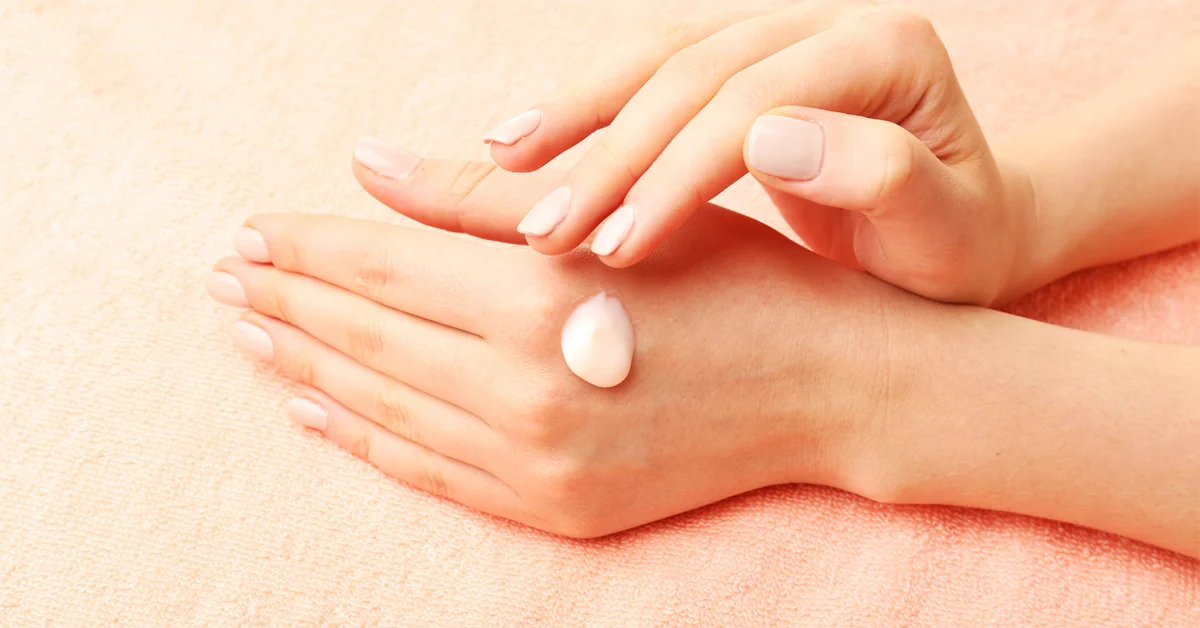Sometimes, the first signs of aging show up in the most unexpected places. A minor scratch, a lingering bruise, or a patch of dry, crepey skin on the backs of the hands can quietly signal that the skin is changing. As we age, this delicate area often becomes thinner, making veins and tendons more prominent and healing slower. While many focus on facial treatments, the hands are just as revealing—and just as deserving of care.
What’s at Play: Aging Hands
This is a common experience as we age. By the age of 40, collagen levels drop significantly, leading to visible signs of aging like wrinkles, sagging skin, and dryness. The production of collagen and elastin—proteins responsible for skin’s strength and elasticity—declines, making our hands more prone to injury and causing them to look older.
Fortunately, there’s a solution: dermal fillers for hands. Recent aesthetic advancements have shown that hyaluronic acid-based dermal fillers (HA fillers) can do more than restore lost volume in the hands. These fillers not only add support and plump up the hollows, but they also stimulate the body to produce more collagen and elastin, enhancing the skin’s overall quality. This means that your hands don’t just look younger with treatment—they become healthier and stronger from the inside out.


About one month after my hand filler treatment, a co-worker applied a new oil to the back of my hand while showing me a product sample. She paused, smiled, and said, “Wow, your hands are so youthful!” Her comment made me chuckle, and I couldn’t resist telling her I’d had hand filler a month ago. My hands didn’t just look better—they felt better, too.
The Dual Benefits of Dermal Fillers for Hands
Hyaluronic acid (HA), a naturally occurring substance in the skin, is vital in retaining moisture and providing volume. As we age, our body’s production of HA decreases, leading to thinning skin and a loss of elasticity. Dermal fillers, primarily made with cross-linked HA, are designed to counteract these effects by restoring volume and support. However, research shows that dermal fillers do more than add volume—they also stimulate collagen and elastin production, essential proteins responsible for skin strength and resilience.
“Recent clinical observations demonstrate persistence of the filling effect longer than the biological availability of the filler. Stimulation of new collagen by cross-linked HA and up-regulation of elastin have been suggested as possible explanation to this observation and have been supported experimentally. Cross-linked HA substitutes for fragmented collagen in restoring extracellular matrix required for normal activity of fibroblasts, such as collagen and elastin production.” (1)
This suggests that HA fillers not only provide immediate volume but also help rebuild the extracellular matrix (ECM), stimulating fibroblasts to produce more collagen and elastin. Over time, this leads to firmer, thicker skin, even after the filler has been metabolized.
More Evidence Pointing to Collagen Stimulation
In addition, recent clinical studies have provided even more evidence of HA-based fillers’ ability to stimulate collagen production. In a study involving six female patients with a mean age of 44.6 years, researchers used Optical Coherence Tomography (OCT) to track changes in collagen density after a single HA-based filler session. They observed a progressive increase in collagen density over the course of three months.
One striking finding from these clinical observations is that dermal filler induced collagen biostimulation may explain the longevity of results following filler injections. A study showed that collagen staining increased 10-fold in dermal filler treated skin compared to saline-treated skin, further emphasizing HA’s ability to promote collagen production. (2)
Practical Application: Dermal Fillers for the Hands
For patients seeking hand rejuvenation, the long-term benefits of dermal fillers are especially promising. Ongoing studies and clinical trials will continue to explore the biostimulatory properties of cross-linked HA, providing new insights into optimizing these fillers for long-term rejuvenation across different areas of the body. It’s an exciting time in aesthetic medicine, and we’re staying at the forefront of these advancements!
If you live in Portland and are seeking a dermal filler treatment for hands, look no further than Aluma Aesthetic Medicine. Our expert team is dedicated to helping you achieve youthful, vibrant hands that reflect your inner vitality. Contact us today to schedule your consultation and discover the transformative effects of hand fillers.
Citations:
- Landau, M., & Fagien, S. (2015). Science of hyaluronic acid beyond filling: Fibroblasts and their response to the extracellular matrix. Plastic and Reconstructive Surgery, 136(5S), 188S-195S.
- Guida, S., Galadari, H., Vespasiani, G., & Pellacani, G. (2024). Skin biostimulation and hyaluronic acid: Current knowledge and new evidence. Journal of Cosmetic Dermatology.

